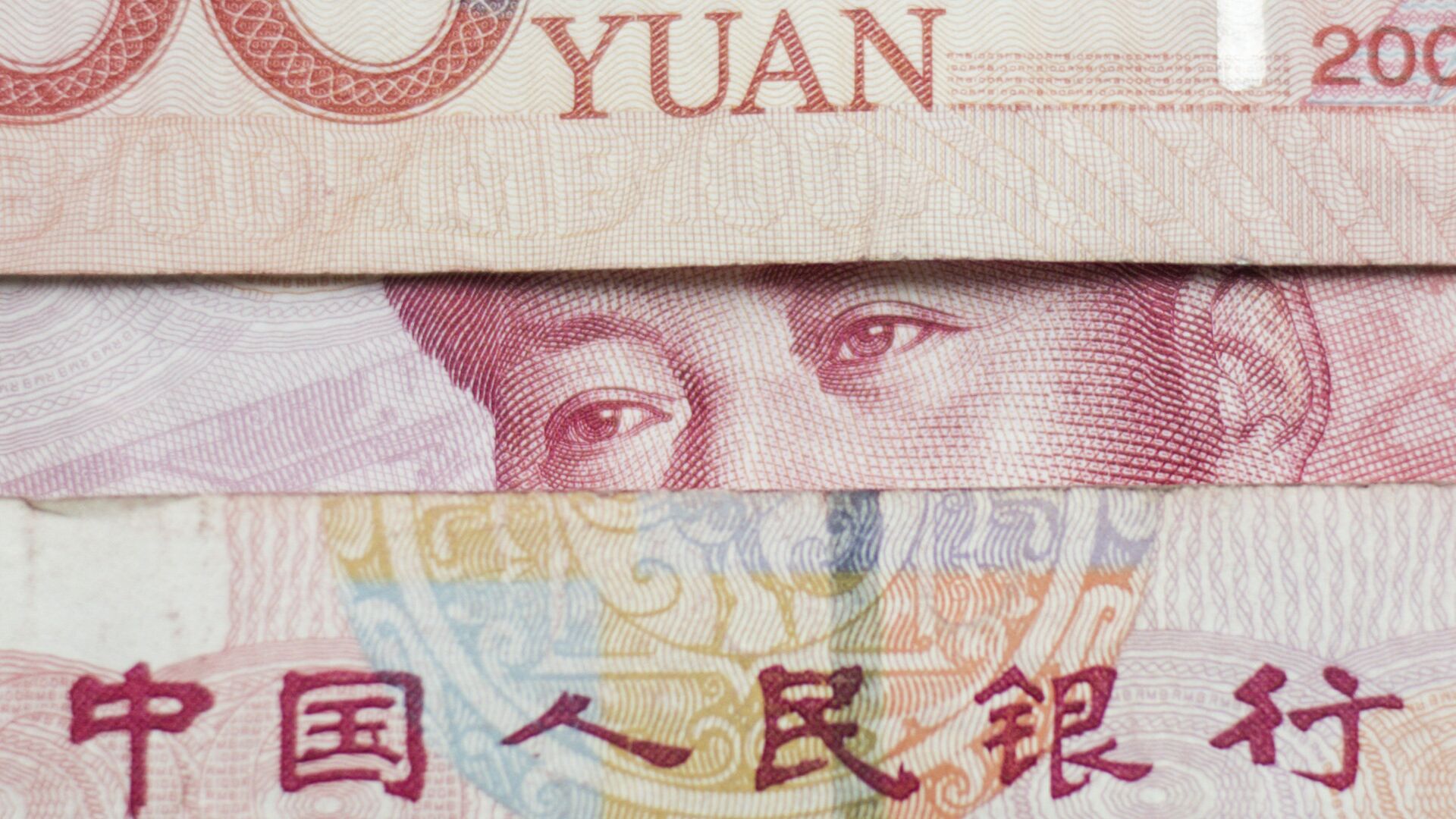A new report published on Wednesday presented the first systematic analysis of China’s foreign lending terms, offering many examples where China’s state-owned entities maximized commercial leverage over their borrowers and secured repayment priority over other creditors.
The study, titled “How China Lends,” was co-published by AidData at William & Mary, the Kiel Institute for the World Economy and the Peterson Institute for International Economics. Researchers collected and analyzed 100 contracts between Chinese state-owned entities and government borrowers in 24 developing countries, 11 of which were in Africa and most of whom participated in the Belt and Road Initiative.
The findings showed a widespread use of what the authors referred to as the “no Paris Club” and the “no comparability of treatment” clause, which prohibit the borrower country from restructuring their debt in coordination with Paris Club creditors and/or creating comparable terms with them. The Paris Club refers to an informal group of officials from 22 major creditor companies whose role is to find sustainable solutions for payment difficulties experienced by debtor countries.
The analysis also claimed unusual confidentiality clauses which bar borrowers from revealing the terms and existence of debt. China’s contracts are shown to have become more secretive over time with a confidentiality clause included in every contract of the dataset since 2014.
— Kiel Institute (IfW Kiel) (@kielinstitute) March 31, 2021
The loans, worth over $35 billion, came from Export-Import Bank of China and CDB - China’s biggest development banks, and from China’s state-owned commercial banks and enterprises and the central government. It was reported in the study that the banks were “muscular” and commercially-savvy lenders, using tactics such as asking borrowers for an informal source of collateral in the form of bank accounts with minimum cash balance requirements.
There has been international skepticism about China’s overseas investments, especially from the United States, which has accused Beijing of deliberately using a tactic known as debt-trap diplomacy. Beijing has denied these claims but according to Brad Parks, AidData’s executive director and a co-author of the report, “non-Chinese creditors are increasingly reluctant to renegotiate repayment terms until they know more about China’s claims.”
It is not only China whose loan contracts have remained secretive. Almost all official Organizations for Economic Cooperation and Development (OECD) lenders and non-OECD lenders have not publicly released the text of their loan contracts, nor do debtor governments. In its conclusion, the study highlighted the need for greater transparency in sovereign lending, calling on Cameroon’s debt contracts as a basis for benchmarking.


